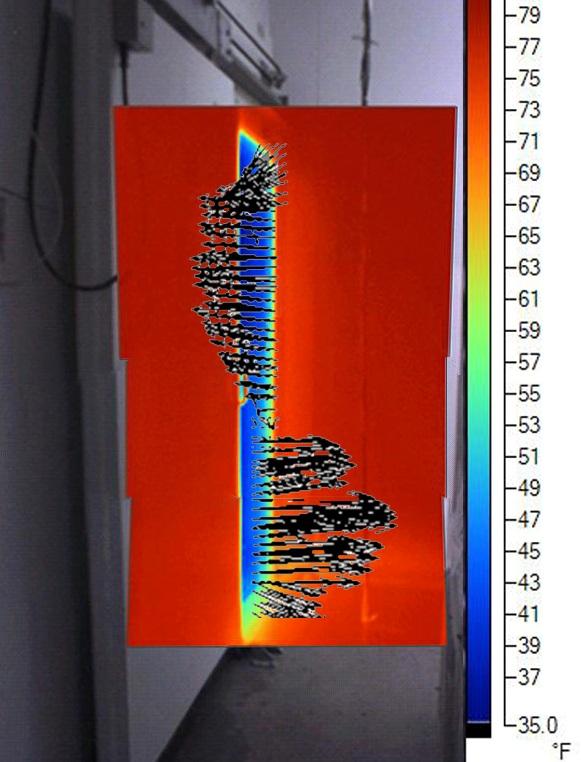Project Info
COMPLETE
 Project Title
Project Title
 Project Title
Project Title
VSD Evaporative Fan Control for Walk-in Coolers
Project Number ET10SCE1050 Organization SCE End-use Process Loads Sector Commercial Project Year(s) 2010 - 2011Description
Evaluate the potential energy savings for using variable speed drives on evaporator fan motors in walk-ins under 3,000 square-feet. Also, evaluate factors affecting infiltration load in walk-ins.
Project Results
This Emerging Technology assessment project was conducted at Southern California Edison’s Technology Test Centers’ controlled environment chambers and focuses on two main goals: The first is to investigate the impact of varying evaporator fan speed on product temperature and energy efficiency of a walk-in cooler, the second is to investigate the infiltration phenomenon in a walk-in cooler. Two key factors led to this project. First, there is no feasibility study addressing the impact of varying airflow rates on product quality and safety. Second, there are limited and non-substantial empirical evidence with regards to the infiltration phenomenon in walk-ins. Both are crucial factors to consider since infiltration of warm air into walk-ins contributes to increases in cooling load and energy consumption of refrigeration systems. This project addresses challenges associated with implementation of energy efficiency strategies in walk-ins and compliance with the food safety regulations and quality.
Evaluating the impact of varying evaporator fan speed with respect to demand reduction, energy savings, and product temperature will establish the feasibility of reducing fan speed, and hence airflow rates, in the walk-ins. This is not only with regards to the improvements in refrigeration system efficiency, but also with respect to the ability of maintaining desirable product temperatures. This evaluation encompasses the quantification of direct and interactive effects of reduced fan speed on power and energy usage of evaporator fan motor and refrigeration compressors. More importantly, the effects of reduced fan speed, hence airflow rates inside the walk-in, on maintaining proper and desired product temperatures are investigated. These evaluations were conducted for the two most common refrigeration systems (single fixed capacity compressor and multiplex variable capacity compressor rack) under three ambient conditions.
Quantification and identification of factors contributing to the infiltration in walk-ins will ultimately pinpoint to design and operational advances for minimizing infiltration and increasing overall refrigeration system efficiency. This project quantifies the infiltration rate of warm and moist air from the adjacent space into the walk-in cooler. The results obtained were used to evaluate the validity of currently practiced methodologies for estimating the infiltration rate. Factors that affect the infiltration rate are also examined. These factors included door opening duration, evaporator fan speed, air dry-bulb temperature and relative humidity of adjacent space, presence of strip curtain at the doorway, propped open door/inadequate door gasket seal, and door type (hinged versus sliding). These tests will be accomplished by using the tracer gas technique with the main door closed and opened for various periods of time. The tracer gas technique directly measures the loss of original cold air in the walk in cooler for each prescribed scenario. These measurements are used with fundamental equations (e.g., conservation of mass) to determine infiltration. Computational fluid dynamics analysis is also performed to identify temperature variations inside the cooler for proper positioning of tracer gas sampling probes. In addition, the particle image velocimetry (PIV) technique is used to map the velocity profiles at the doorway due to the infiltration.
Project Report Document
Loading PDF Preview...
